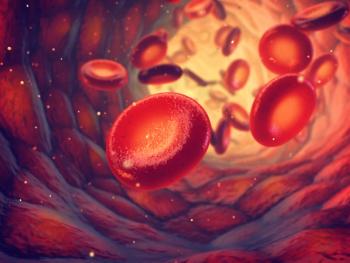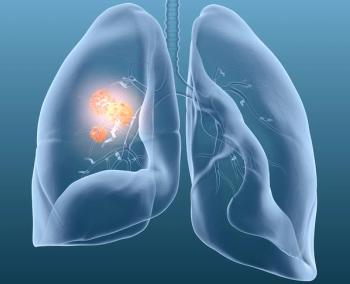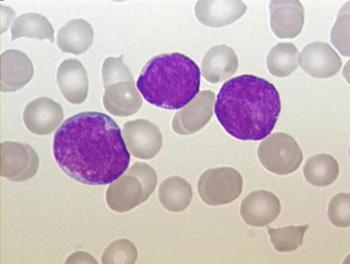
Physicians Should Factor Race, Ethnicity and Much More When Making Treatment Decisions in Contralateral Breast Cancer, Says Expert
The presence of several risk factors—such as age, race and mutation status—for contralateral breast cancer must be considered when making treatment decisions, according to an expert from the Mayo Clinic.
During the
In his presentation on findings from the study, Yadav indicated that age and menopausal status were factors that had a significant influence on the risk of contralateral breast cancer harboring germline genetic mutation. According to Yadav, these findings are important for decision-making on contralateral breast cancer risk-management strategies such as the use of prophylactic mastectomy.
Yadav also detailed other key findings concerning contralateral breast cancer risks related to factors such as specific germline pathogenic variants as well as race and ethnicity.
Transcript:
The key takeaway points from my presentation are that: number 1, BRCA1 and BRCA2 in population-based studies [demonstrate] similar risk as we were aware in the past, so it has not changed our management. Number 2 is we are increasingly observing, not just in our study but other studies as well, that ATM carriers may not have an elevated risk of contralateral breast cancer. Number 3 is CHEK2 behaves very differently than ATM, where [patients with CHEK2 mutations] may be at an approximately two-fold increased risk of contralateral breast cancer.
We also looked at race and ethnicity. Black women who are BRCA1/2 carriers should be managed similarly to White women who are BRCA1/2 carriers, because we saw that the risk estimates were fairly similar. And finally, what we found was that a diagnosis of first breast cancer, [estrogen receptor] status of first breast cancer and the menopausal status of first breast cancer significantly influenced your risk of developing second or contralateral breast cancer. When discussing risk-management strategies for contralateral breast cancer, all of these factors should be incorporated in the clinical decision-making process.
Reference
Yadav S, Boddicker NJ, Na J, et al. Population-based estimates of contralateral breast cancer risk among carriers of germline pathogenic variants in ATM, BRCA1, BRCA2, CHEK2, and PALB2. Presented at the 2022 San Antonio Breast Cancer Symposium; December 6-10, 2022; San Antonio, TX. Abstract GS4-04.
Newsletter
Stay up to date on recent advances in the multidisciplinary approach to cancer.

















































































